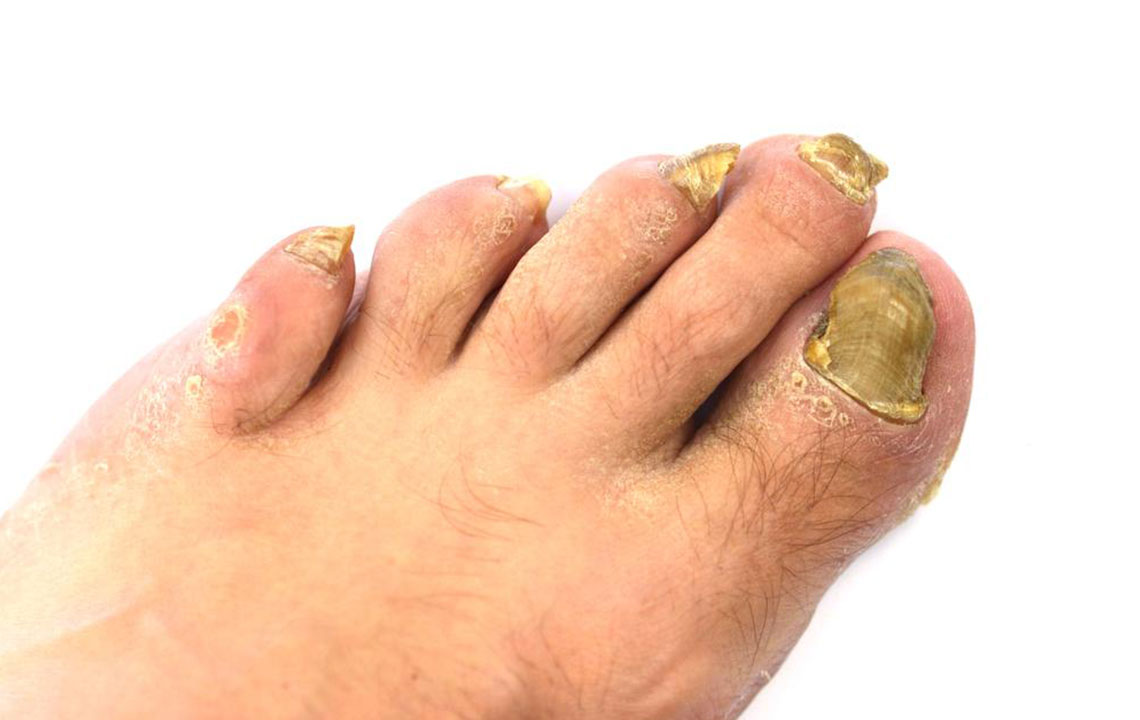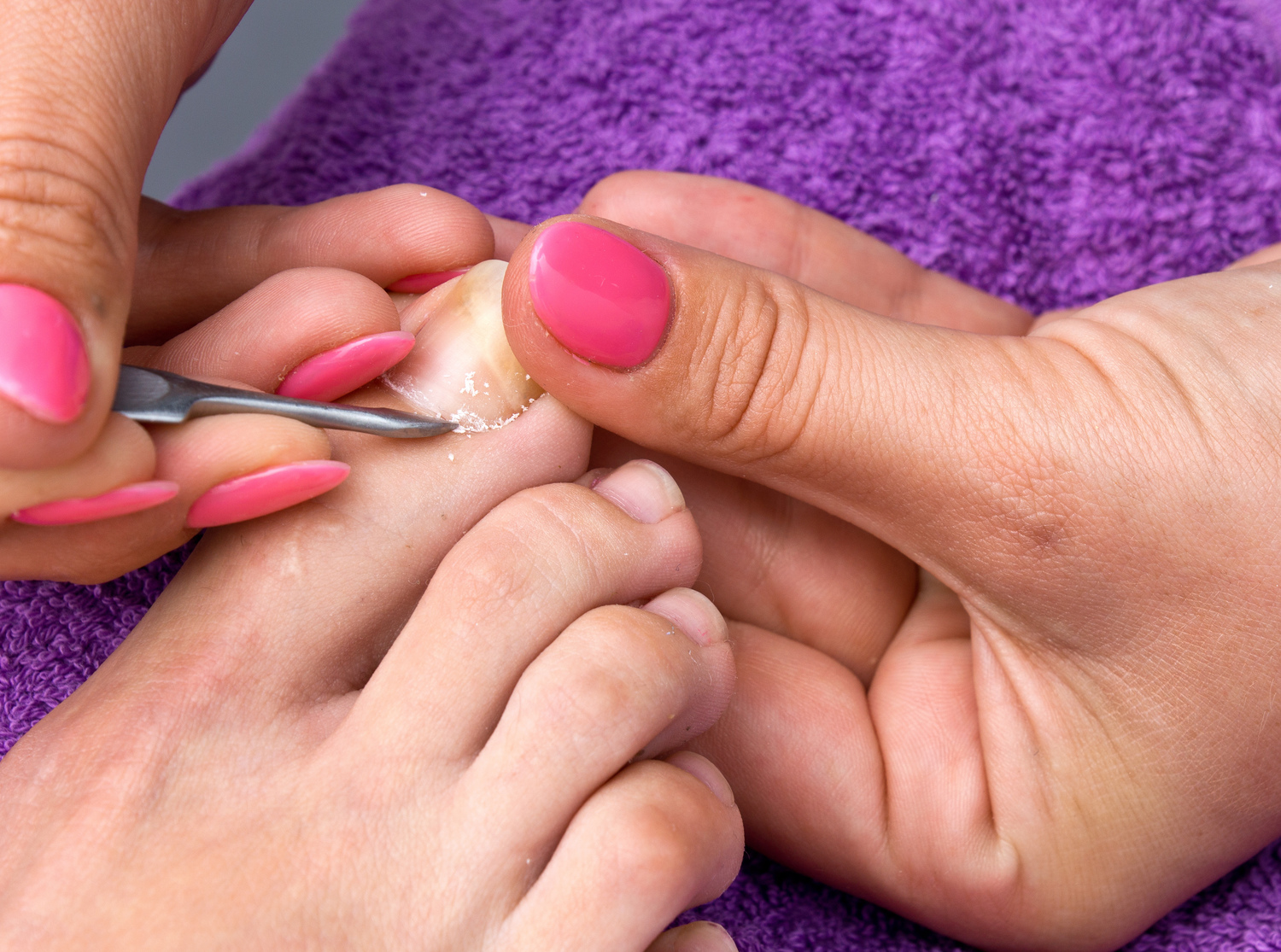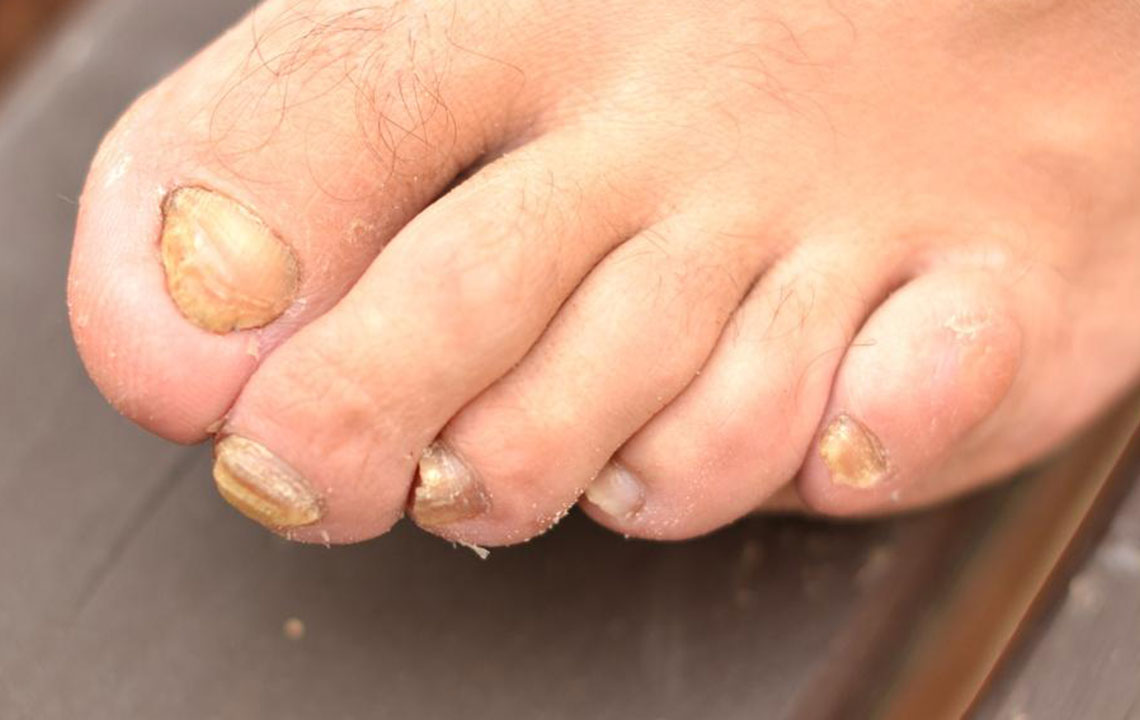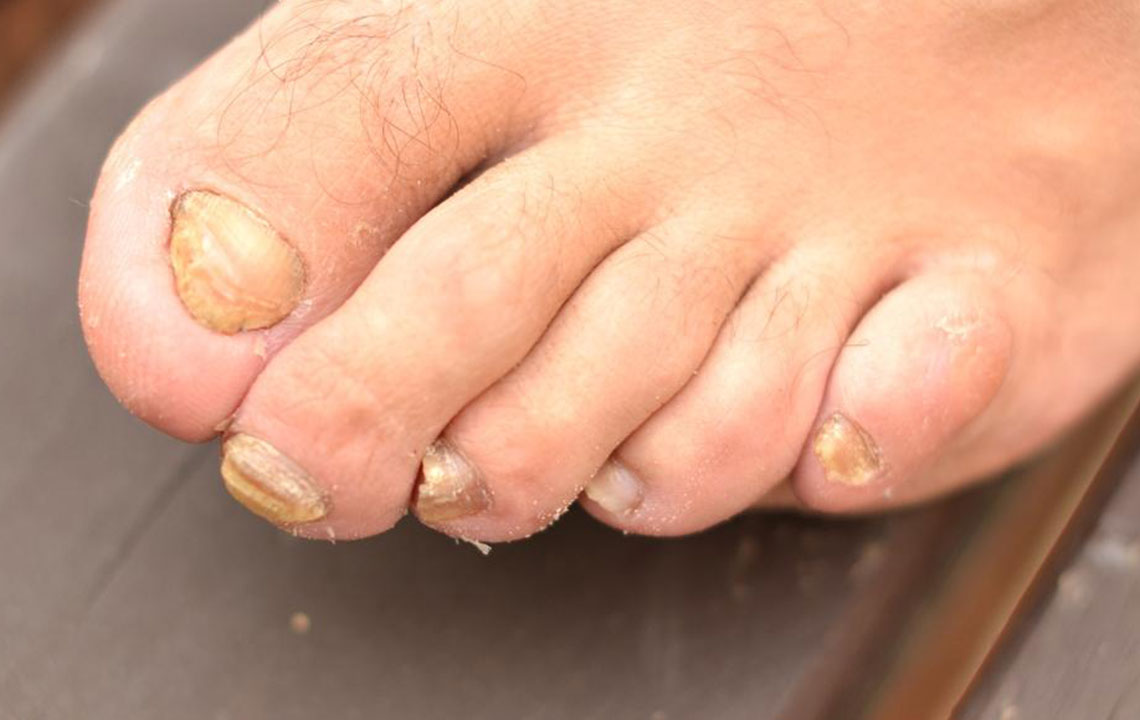Comprehensive Home Remedy for Toenail Fungus: The Power of Hydrogen Peroxide
Discover a comprehensive natural home remedy for toenail fungus using hydrogen peroxide. Learn how to effectively combat fungal infections with simple, cost-effective treatments and tips for preventing future issues. Early intervention and proper foot hygiene are key to maintaining healthy toenails and avoiding complications.

Effectively Combat Toenail Fungus Using Hydrogen Peroxide: A Proven Home Remedy
Toenail fungal infections are a common problem that many people face at some point in their lives. These infections manifest mainly through discoloration, such as yellow or brown streaks, and can sometimes cause the toenails to become thick, brittle, or even detach from the nail bed if left untreated. Recognizing the early signs of toenail fungus is crucial because it allows for prompt intervention, which can prevent more severe damage and persistent issues. While there are various treatment options available—including topical antifungal creams, oral medications, and even surgical removal—many individuals seek natural, cost-effective solutions that they can easily administer at home. Among these, hydrogen peroxide stands out as an accessible and effective approach widely used for its antifungal properties and ability to promote healing.
Healthy toenails are generally shiny, pale white, and without any discoloration or abnormal streaks. However, when infected with a fungal pathogen, the nail surface often loses its brightness, becomes dull, and develops yellow, green, brown, or blackish streaks. More advanced infections might cause the nail to thicken, chip, or even detach completely from the nail bed. This can lead to discomfort, aesthetic concerns, and in some cases, secondary bacterial infections. The fungi responsible thrive particularly well in moist, warm environments, such as sweaty shoes or damp socks, making the feet a perfect environment for growth. Certain populations, including those with diabetes, weakened immune systems, athlete’s foot, or a family history of fungal infections, are at a heightened risk of developing toenail fungus.
To combat toenail fungus effectively, several treatment options are available:
Hydrogen peroxide
Surgical removal or trimming of the infected nail
Topical antifungal ointments
Oral antifungal medications prescribed by healthcare professionals
Home remedies like hydrogen peroxide, vinegar soaks, and tea tree oil
Among these, hydrogen peroxide is particularly favored for its simplicity, affordability, and wide availability. It is sold over-the-counter in a 3% concentration, making it a convenient option for at-home treatment. Despite limited scientific studies specifically validating its effectiveness against toenail fungus, many individuals report positive outcomes, noting that it helps reduce fungal growth and promotes nail health.
Understanding How Hydrogen Peroxide Works Against Toenail Fungus
Fungal infections flourish in moist, anaerobic conditions, but exposure to oxygen can inhibit the growth and spread of these pathogens. Hydrogen peroxide (H2O2) is a strong oxidizing agent that releases oxygen when it comes in contact with tissues. This oxidative property is what makes hydrogen peroxide effective against fungi—by introducing oxygen into the fungal environment, it disrupts the cellular functions of the pathogen, leading to its death. This process is often referred to as oxidative therapy or oxygen therapy.
To utilize hydrogen peroxide effectively, you can soak your affected toes in a solution of 3% hydrogen peroxide for 10–15 minutes daily. Alternatively, applying it directly to the infected nail with a cotton swab or using a spray to target specific spots can be beneficial. Some people also mix hydrogen peroxide with vinegar in equal proportions to create a more potent solution that enhances antifungal activity, taking advantage of vinegar’s acidity which can further inhibit fungal growth. Applying a few drops of tea tree oil after treatment may also assist in boosting healing due to its known antifungal and antiseptic properties.
It's crucial to be patient and consistent in treatment; most cases require at least two weeks of regular application to see noticeable improvement. More severe infections might take several months to fully resolve. Early intervention is key—if the infection progresses deeper into the nail or shows no improvement after a month of home treatment, consulting healthcare professionals is advisable. They may recommend stronger treatments or alternative interventions, such as prescription antifungal medications or surgical removal if necessary.
While hydrogen peroxide offers a promising natural remedy, it’s essential to exercise caution. Pure or concentrated hydrogen peroxide can cause skin irritation or chemical burns; therefore, always use the recommended 3% solution and avoid overuse. Maintaining good foot hygiene, keeping your feet dry, and wearing breathable shoes are also important preventive measures to avoid recurrent infections.
In conclusion, hydrogen peroxide serves as an accessible, cost-effective, and natural method for managing toenail fungus. Home treatments like peroxide soaks and topical applications can often help reduce fungal load and promote healthier nails when combined with proper foot care. Remember, patience and consistency are vital, and when in doubt or if no improvement occurs, seeking professional medical advice is the best course of action to ensure proper diagnosis and treatment.





